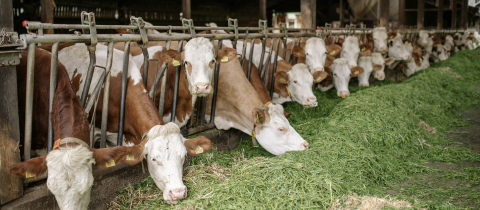The world’s first commercially available laundry powder was Persil, introduced by the German company Henkel in 1907. The name derived from perborate and silicate, two key components in the product. Persil was introduced as an improvement over the action of soap, the traditional cleaning agent first formulated around 1500 BC. Just heat some sort of fat with ashes from a wood fire and you get soap. The ashes supply the alkaline chemicals needed to break down the molecules of fat and convert them into salts of fatty acids which we know as soap. One end of the soap molecule has an affinity for water, the other for oily substances. Washing with soapy water then removes oily residues from a surface. While soap cleans well by emulsifying and removing greasy stains, it does present some problems. It isn’t great on coloured stains and it forms a precipitate when used in water that has a high mineral content. This “scum” is hard to rinse away and dulls clothes. Persil addressed both of these problems.
Sodium perborate is an oxygen releasing agent, and oxygen is effective for destroying stains. As the prototype “oxidizing agent,” it can steal electrons from molecules. Since electrons are the glue that hold molecules together, exposure to oxygen can break down complex molecules, such as the ones responsible for stains. This is why traditionally laundry was either hung out to dry or spread out over grassy fields. Not only did this expose the fabric to oxygen, but also to ultraviolet light from the sun which can also break down coloured molecules. Sodium perborate did the work of the air and the sun at the same time. The addition of sodium silicate had a “water softening” effect, meaning that minerals like calcium and magnesium responsible for forming a scum with soap were in a sense neutralized. These minerals react with silicates to form precipitates, just as they do with soap, but the difference is that these precipitates are readily rinsed away and tend not to deposit on the fibres of the cloth being washed. Silicates have great suspending and anti re-deposition qualities. Today’s detergents are chemically far more complex than the original Persil, and Persil itself has a range of products to cater to different needs, but it will always retain its place in history as the “first self-acting laundry detergent,” and the image of the White Lady introduced in 1922 and featured on numerous placards and signs remains an advertising classic.







